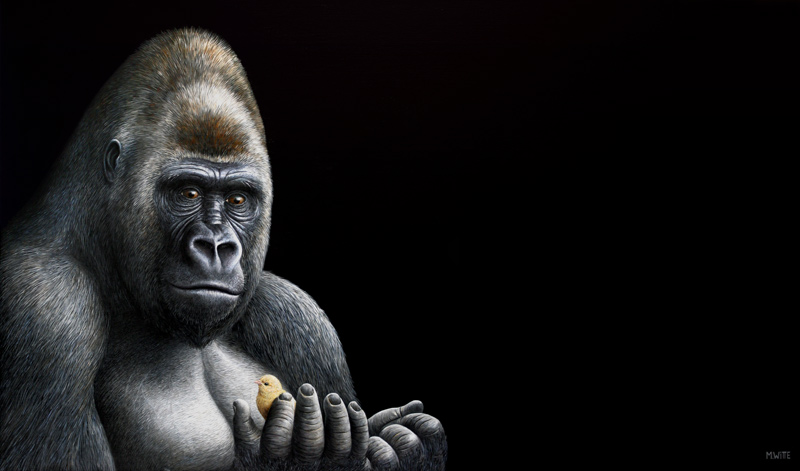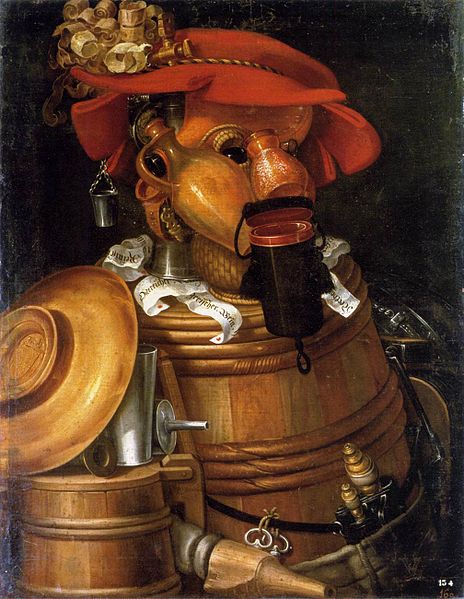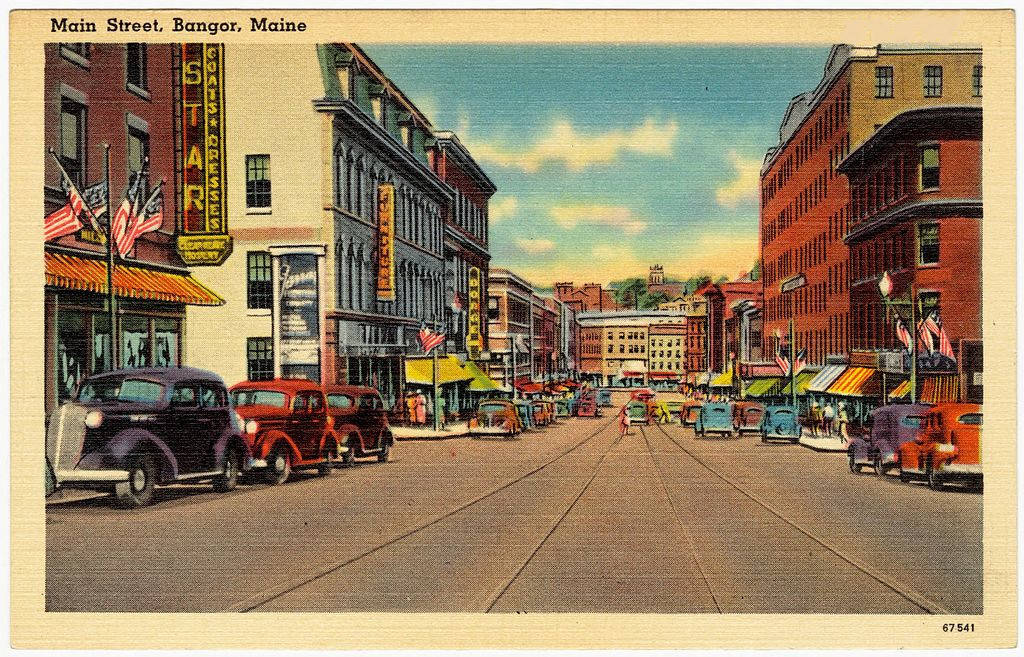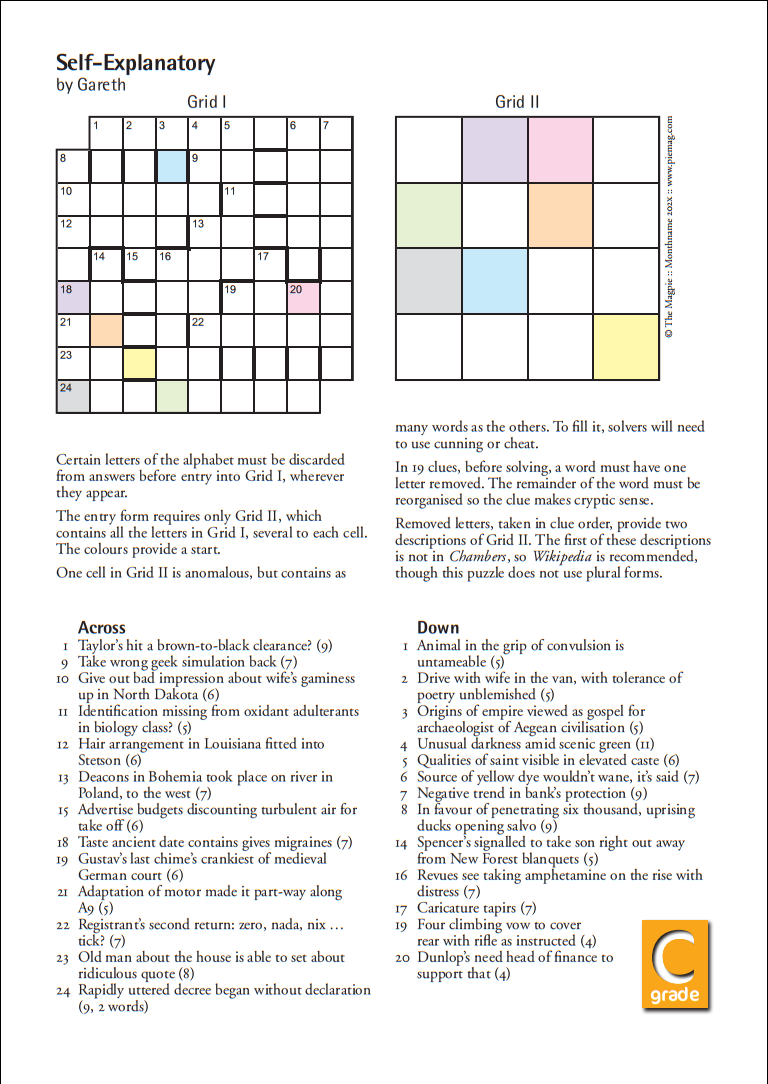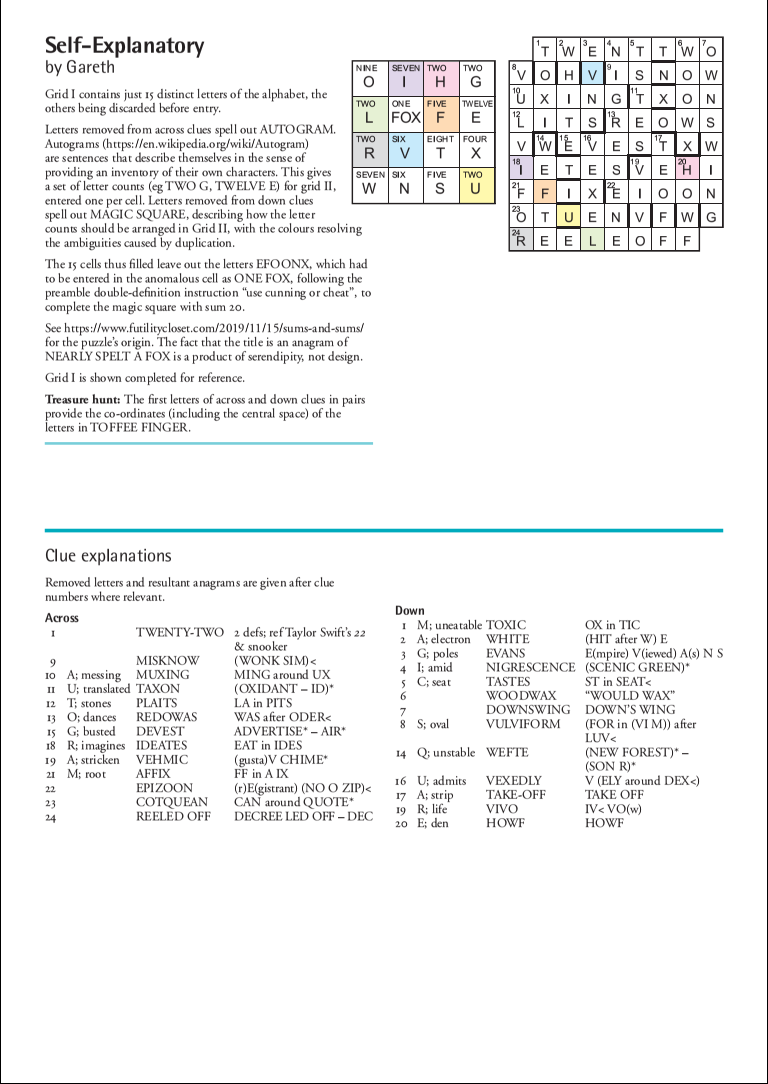In 1986 the Los Angeles Times received a peculiar 167-page novel from Lawrence Levine of St. Augustine, Fla. Titled Dr. Awkward & Olson in Oslo, it began “Tacit, I hate gas (aroma of evil), masonry …” It ended “No, Sam — live foam or a sage Tahiti CAT!” And the very middle read “I deplore media, rats, gals, a tar bag and a maniac Dr. Awkward ‘Cain,’ a mad nag, a brat, a slag star. Ai! Demerol, pedicular addenda, Edgar!”
Working four hours a day for five months, Levine had composed a novel that was one long palindrome, 31,594 words.
“There were lessons in trial and error, in logic, in vocabulary, in syntactics, and a wide-ranging lexical development that I never thought possible,” Levine revealed elsewhere. “I wrote the novel because to my knowledge no other person had ever composed an equal nonesuch. I decided, as it were, to be the first.”
The Times responded, “The world needs more Levines — playful eccentrics determined to scale the heights where no one has gone before, even if getting there isn’t much of an accomplishment. Or, as the metaphysicians say, ‘No lemons, no melon.'”

